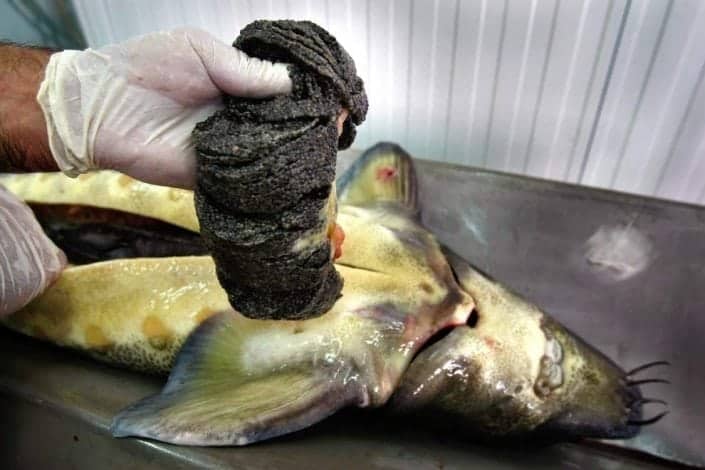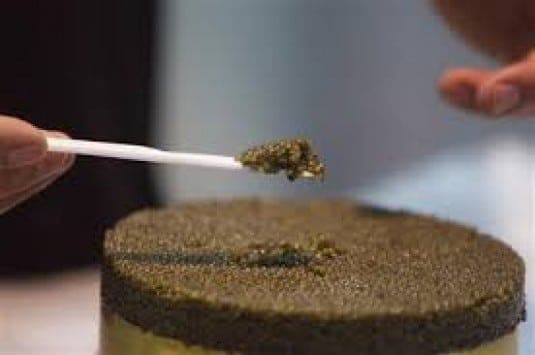Speaking of the most expensive food in the cuisine world – “caviar”, people would think of European origin or the Caspian Sea of Russia. You will be surprise to know that one of the world’s most expensive caviar is actually from the pond of the Israeli kibbutz.
It all started when with two good friends from Kibbutz Dan, Igar and Avshalom, took a trip to Russia in 1992. They specialize in aquaculture, so they bought some Osetra sturgeon eggs and planed to supply the sturgeon fish to the large number of Russian immigrants in Israel.
They did not think of the value of the fish eggs back then, because only Russia and Iran produce caviar. In 2003 when the United Nations announced the wild sturgeon as an endangered species, the two friends thought of caviar market. This is one of the best decisions they could make, because the export of caviar and sturgeon from the Caspian and Black Sea is completely banned.
Prior to finding this niche, 96% of Kibbutz’s business came from trout. Unlike sturgeon, trout is an edible fish by the Jewish law. And until now, in order to keep the kosher fish permit, Kibbutz can not sell sturgeon or caviar in Israel, although it is the most profitable product they have worldwide.
How to harvest the “black gold” caviar?

When a Sturgeon reaches four years old, they use endoscopy to distinguish its sex under anesthesia. The male fish are slaughtered, freezed and shipped to Russian wholesalers. Female fish are kept for four more years until the laying season comes to harvest the eggs.
An expert can determine whether the sturgeon is mature enough based on the taste, size and color of the eggs. If the eggs are larger than 2.8 mm in diameter, the color between golden and gray -black, it indicate the maturity of the eggs at its the best.
Sturgeon is a longevity fish species which can live up beyond the humans, the older the fish is the more eggs it produces. Once the eggs are in the right size and color, they harvest the eggs, and the fish are delivered to Russia. Caviar must be stored in tin cans for at least one month before repacked and shipped to the world.
The retail price for one ounce (about 28g) caviar in tin can, can reach $ 107. The kibbutz has annual output of 4 tons, and it’s truly black gold!

Currently in the world, only three farms are breeding Osetra sturgeon, and only in Israel the fish is reared with clean river water, so its meat is highly appraised in the market.
Before the Kibbutz hit success, they had breeded other fish and failed. But they learn from the past experience, continue the hard work, and finally find their own niche.


